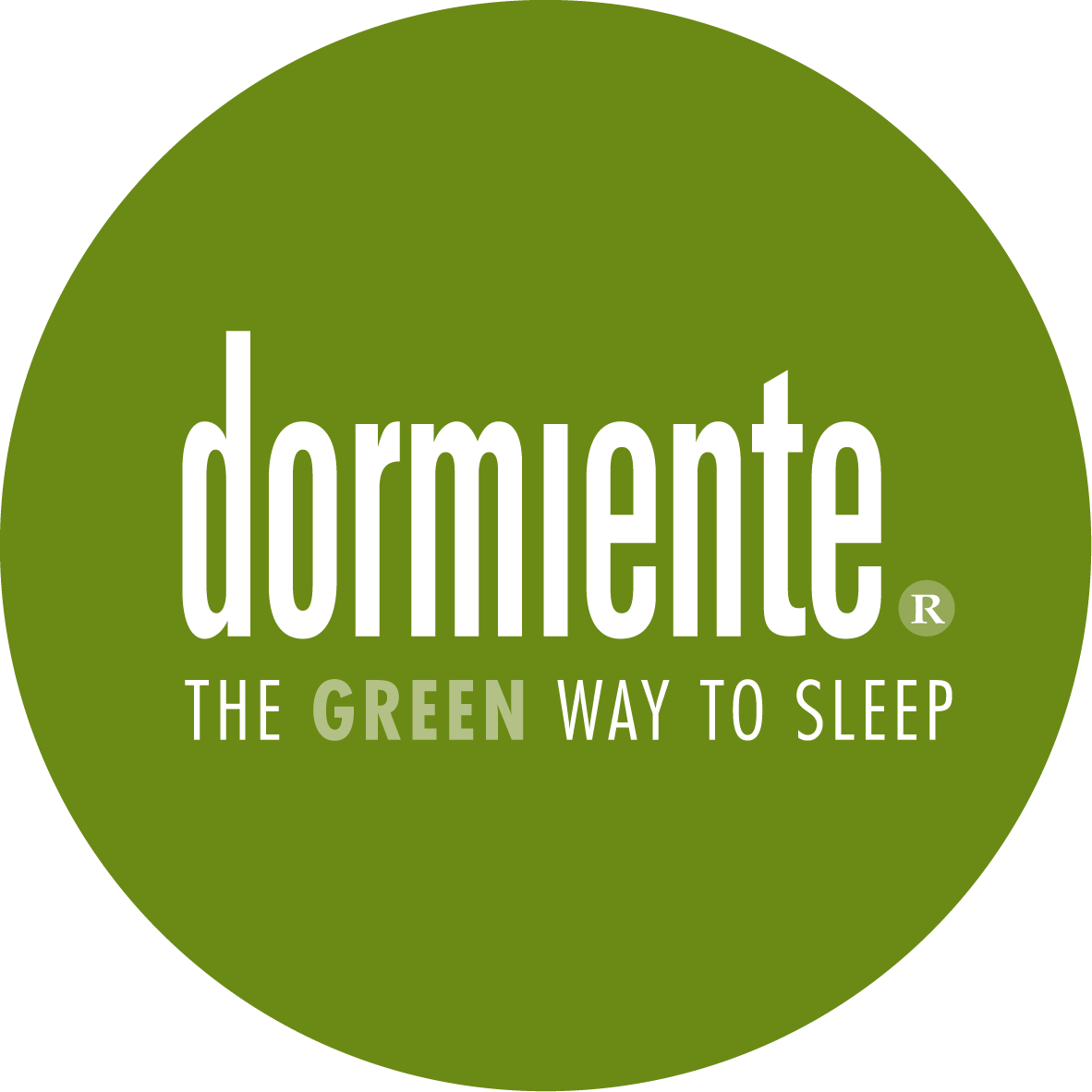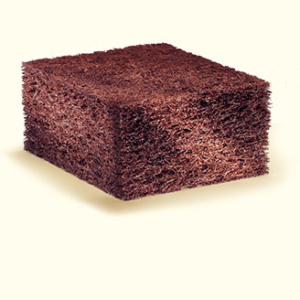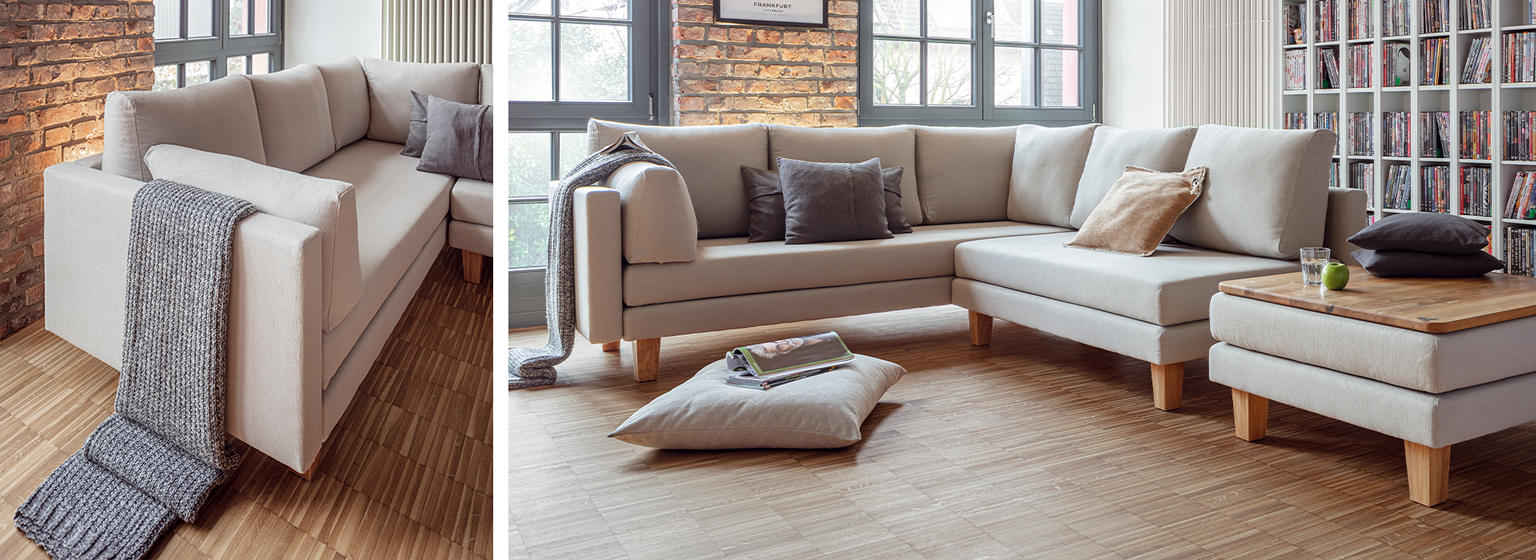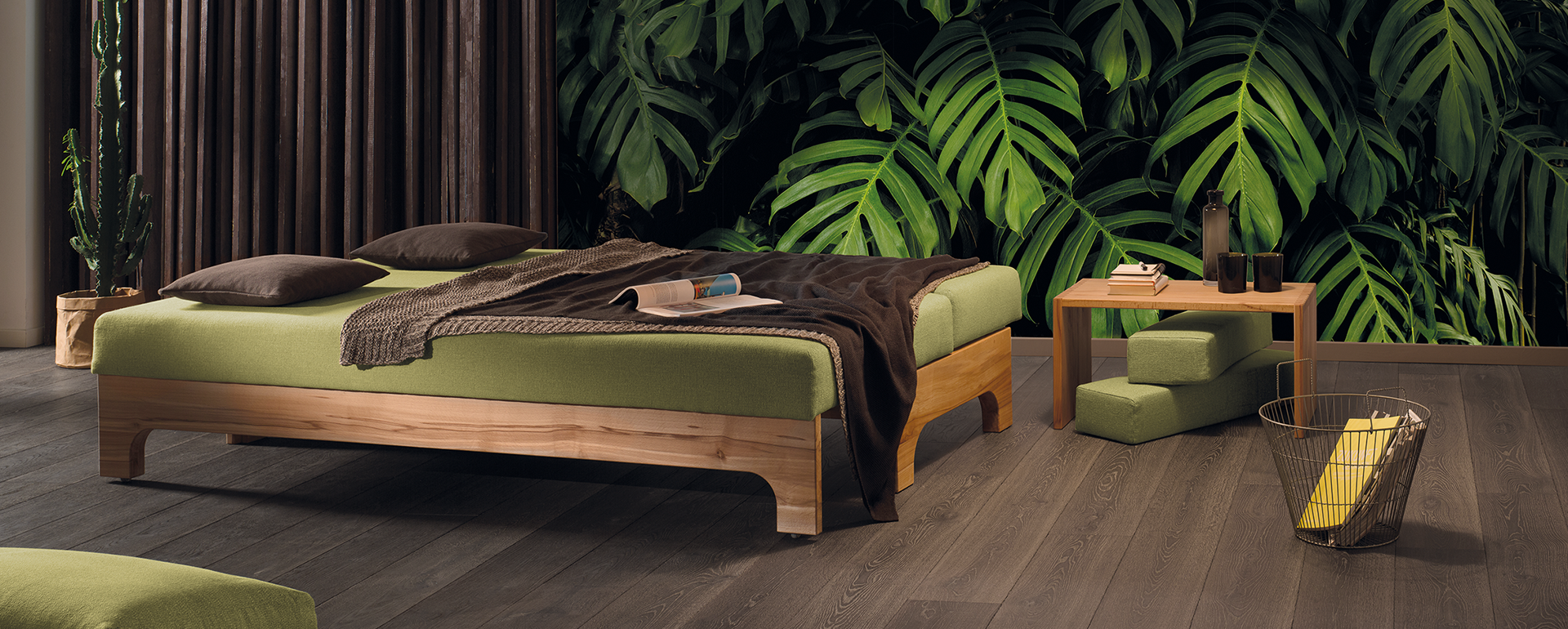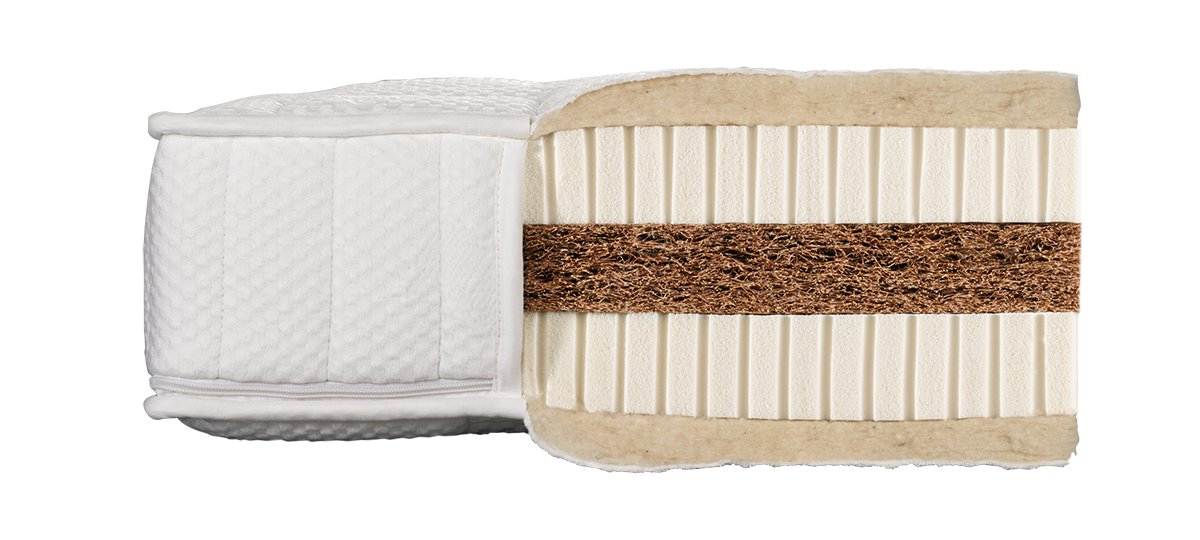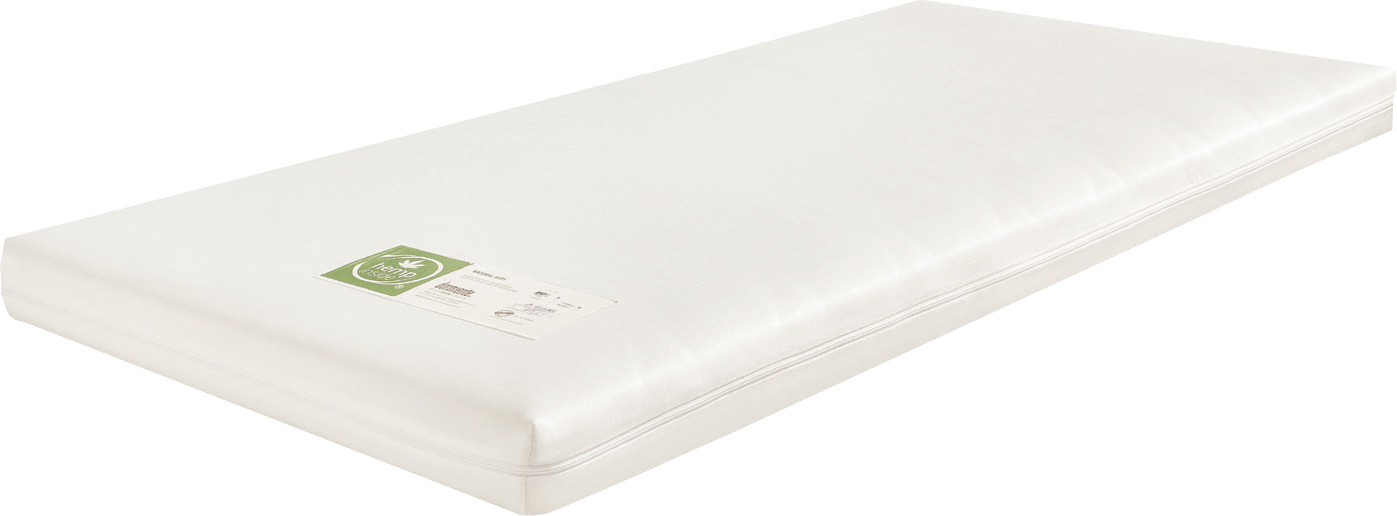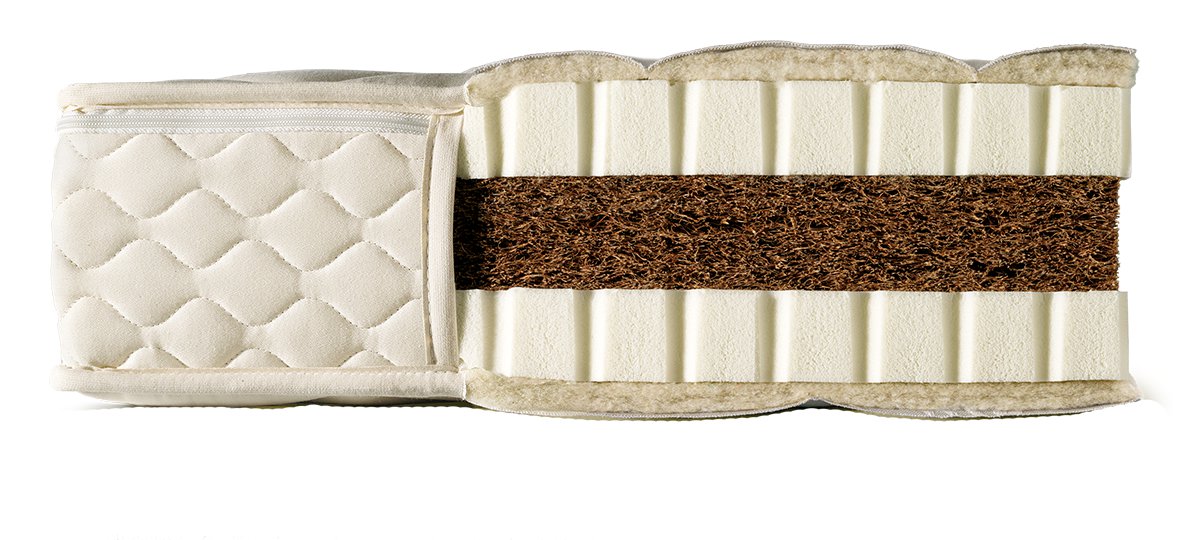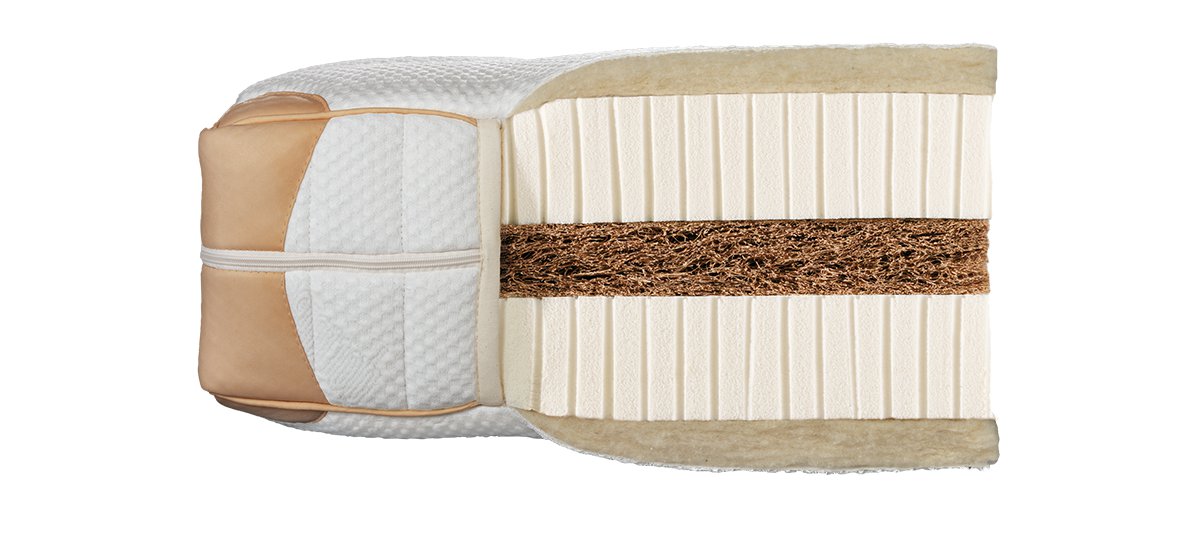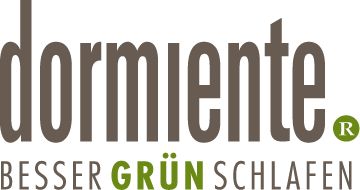Vegan mattresses with coconut fiber
Coconut fiber
The coconut fiber we use is obtained from the fiber pad of coconuts. The fibers of mature and fully ripe fruits have a higher wood content and are used as filling material for mattresses and upholstery. Before processing, the fibers are cleaned, stored in seawater, which rots the pectin (also called roasting) and then dried in the sun. The fibers are traditionally loosened by tapping and sorted by color and fineness. They consist of approx. 45% lignin and approx. 44% cellulose. Therefore, the fibers are very stretchy and strong. They are also impervious to fungal and bacterial attack and can survive months of moisture without decomposing. Coconut fibers are also insulating, sound absorbing, anti-static and flame retardant.
The coconut core of a mattress is air-permeable and moisture-regulating, the mattresses are pleasantly firm, but also flexible.
The coconut palm (Cocos nucifera)
is a tropical tree from the palm family. It does not form crowns, rather it bears a dense mop of large leaves consisting of about 30 three to seven meter long pinnate leaves divided into numerous leaf segments so that the leaves do not resist the wind too much.
The tree also tolerates permanent strong sea winds and often survives even strong storms. Coconut palms are completely unbranched. Their height when fully grown is between 20 and 25 meters. The tree grows particularly well on sandy loams on coasts and estuaries, in general on all fresh, loose, nutrient-rich and deep soils. It needs a lot of water and is sensitive to frost.
Distribution
The main distribution area is between 15 degrees south latitude and 15 degrees north latitude and has a mean annual temperature of 27 degrees. The average temperature of the coolest month does not fall below 20 degrees. The tree requires a lot of water and thrives in areas with rainfall values of 1000 to 5000 mm per year. Coconut palms are light trees, only young trees tolerate partial shade. When raising young trees are deliberately shaded and watered during drought.
Coconut palms are cultivated throughout the tropical belt. The center of the coconut fiber industry is Sri Lanka. Coconut is a renewable natural raw material with sufficient resources. The term comes from the Spanish and Portuguese word coco (= nut or seed). Coconut fibers are traded under the name Coir.
